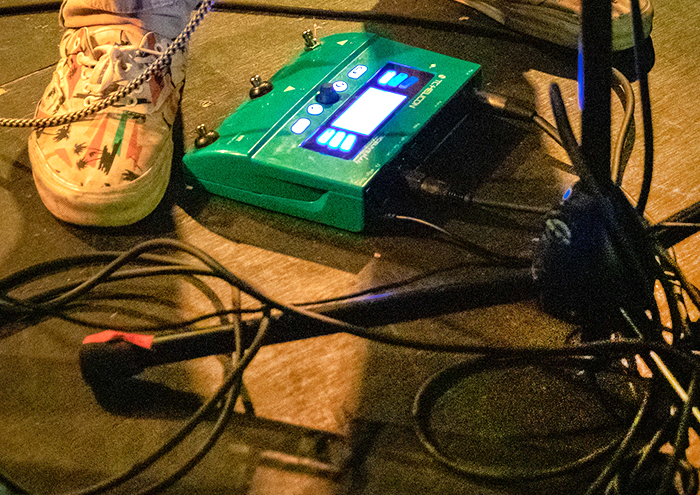Noisy mic cables can happen to anyone almost anytime. No matter how careful you are XLR cables are prone to being stepped on, run over and pulled too hard by musicians, singers and, well, you. The result of all this abuse can be intermittent shorts, open circuits and noise issues.
Of course, your cable problems will often turn up in the most audible and important signal path, such as your Minister’s microphone or signal feed to your radio station, so here’s how to find and fix problems before they get out of hand.
First, identify the source of the noise.
If you hear a crackling sound during your service, grab your headphones and start soloing individual microphones and instruments until you hear the noise in your own ears. You can now mute that channel — if you can get away with it for a song — or perhaps get your preacher to step over to his backup microphone.
At this point you’ve identified the signal path with the noise, but not the particular cable. So mark every cable in this signal path with a piece of gaff tape and pull them out of the sound system after the service for later testing and repair.
Next, test the cables!
If you don’t have a cable tester, buy one now. For example, the Swizz Army Tester from Ebtech costs around $100 and is a great option. This versatile tester will check any combination of XLR, Phone, RCA and MIDI cables for shorts, opens, cross-circuits and grounded shields. It also checks for intermittent open circuits with a “Reset” button function.
After you plug in the cable, momentarily press the Reset button you’ll see the “Intermittent” lights go out. Then when you wiggle the cable around, any momentary break in the connection will cause the appropriate light to lock to the “on” position. Sure beats trying to watch for a light to blink off while you’re attempting to make a cable fail.

In our shop, we test every single XLR cable that’s going out on a gig, especially if it was used by someone else on another system. That way we’re not surprised by a bad cable at the worst possible time. If your cables stay “home” then at least a yearly verification of every cable is a good idea.
For cables that get moved around a lot, say if you’re a mobile ministry, once a month testing is indicated. However, not testing your cables regularly is just a failure waiting to happen during your worship service.
How many of you have tested your mic cables in the last month? Let me see a raise of hands… Hmmmm…




















